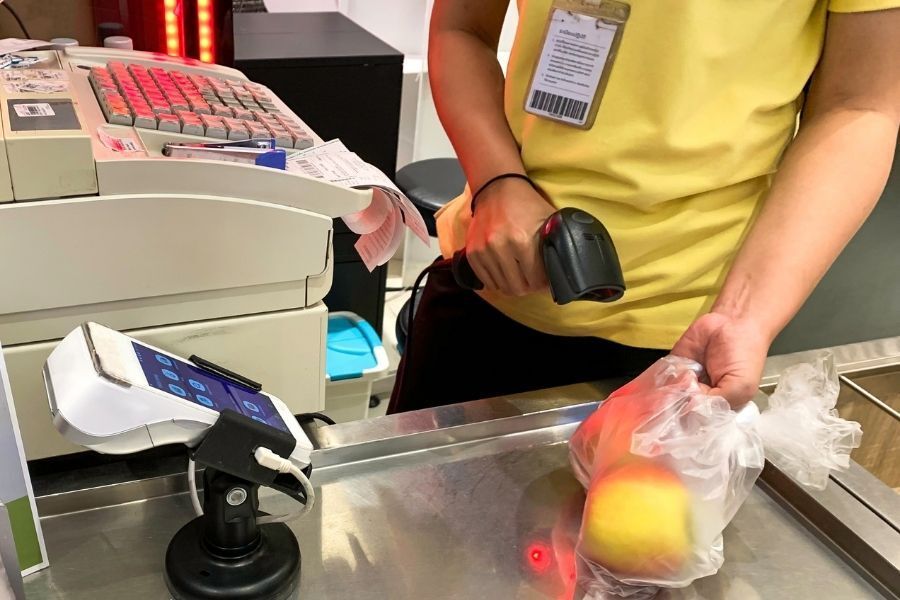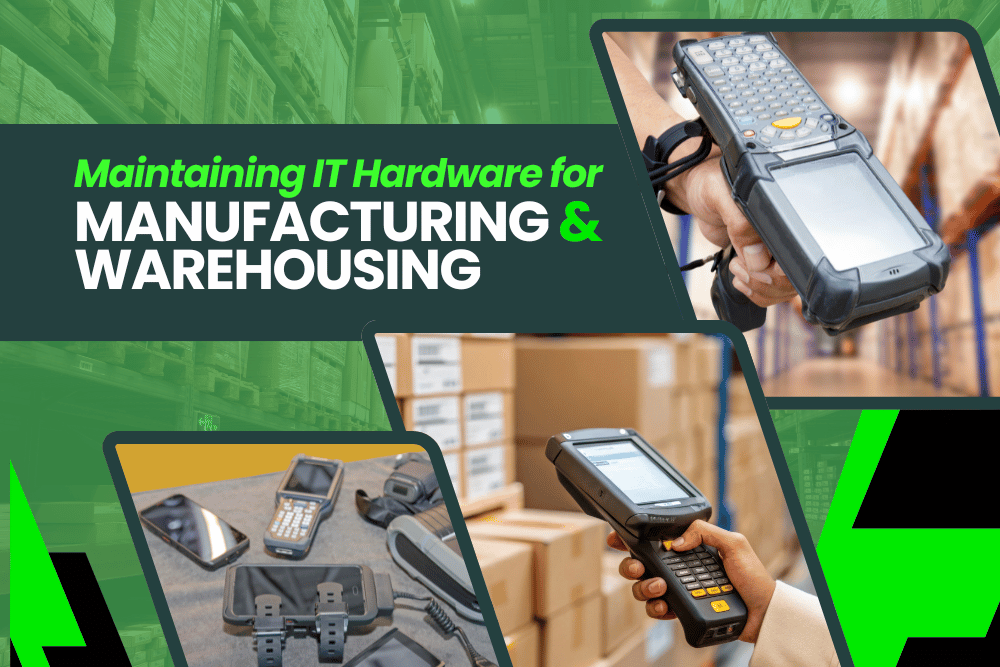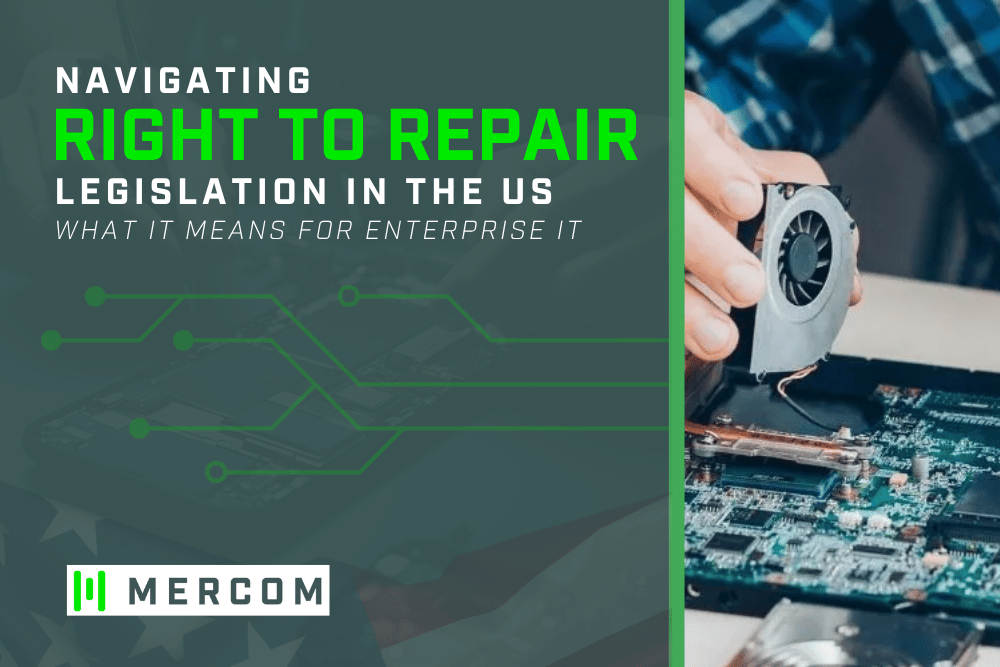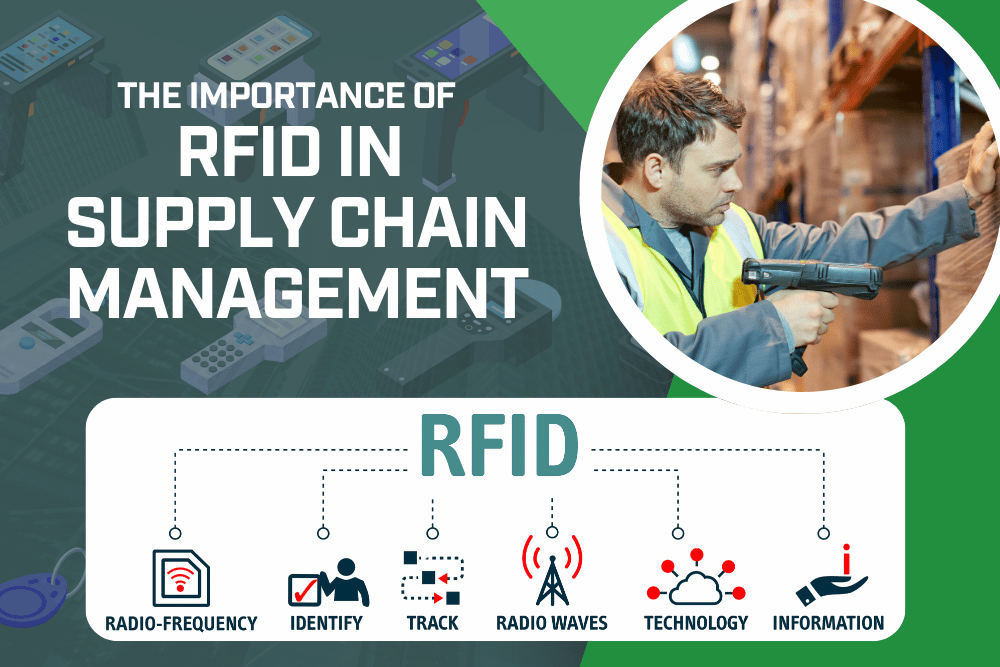The Future of Grocery Stores and Technology
December 8, 2021
The grocery store is the one place almost everyone visits, so it makes sense that it’s also where one can see exactly how much consumer-focused retail technology has changed in recent years.

Businesses are still learning what customers want in the wake of the pandemic, including touchless interactions, check-out-free concepts, and online ordering. What’s next for the future of grocery stores? And how can retail grocery stores navigate all the new technology coming their way in 2022?
Online Grocery Ordering and Home Delivery
According to research by eMarketer, tens of millions of United States consumers started shopping for groceries online for the first time ever during the Covid-19 pandemic. This practice is expected to become a permanent habit for Americans. According to a study published in early 2021, online grocery sales grew 54.0% in 2020 to reach $95.82 billion, and have already surpassed $100 billion in 2021.
Online grocery sales are projected to make up 12.4% of 2021 United States ecommerce sales, and by 2023, online grocery sales are projected to make up 11.2% of total US grocery sales. In 2020, the number of American shoppers who ordered groceries online at least once increased an astounding 42.6%, totaling 131.6 million online grocery shoppers. By 2022, eMarketer projects 51.3% of Americans will buy groceries online – that’s more than half of consumers!
Whether customers are picking up groceries “curbside,” or having groceries delivered to their home, grocery ecommerce is climbing in popularity. Technology on the consumer end of the interaction is mostly application-based. If customers are ordering from their phone, tablet, laptop or desktop, they are typically able to do so through the grocery store’s website or web-based, downloadable application.
On the business end of the interaction, companies may need extra computers, monitors, keyboards, and mouses for employees to handle the influx of orders. Some grocery stores are even using hand-held miniature computers that help employees when they’re putting together orders for customers. The hand-held devices can keep track of what’s on the list, what’s been compiled so far, and can even show employees the quickest and most efficient route through the store to check off everything on the grocery order list.
Businesses incorporating the new pick-up and/or delivery models will also need software built to handle the process and communicate with customers. Customers will need to be notified when a product is out of stock, asked whether a product can be substituted, and finally, notified when the order is ready for pick up or delivered.
Artificial Intelligence at the Grocery Store
Artificial intelligence is being implemented in grocery stores to improve the check-out process and eliminate wait times. AI can be used to determine which products a customer has loaded into their cart, replacing the scanner entirely. Foodstuffs, a grocery store in New Zealand, is already experimenting with this kind of technology. The new product they’re using is called a “SMARTCART.” It works by scanning items that customers load into the electronic cart, and charging the customer for the bill when they’re ready to “check out.” With labor shortages and the increased consumer demand for touchless interactions, this technology could prove to be very popular for grocery stores in 2022 and beyond.
The No-Check-Out Check-Out
You’ve likely heard about Amazon’s “Amazon Go,” a revolutionary grocery store that first opened in Seattle, Washington, in January of 2020. The Seattle grocery store doesn’t have a traditional check-out option at all. Instead of clerks with scanners, Amazon Go has hundreds of cameras, sensors on the ceiling, and computers monitoring what items customers take on the shelf. Amazon Go charges the customer’s credit card as they walk out of the store. Amazon has seen some success with this model and plans to open more stores across the country with the same structure.
Amazon isn’t the only one experimenting with the no-check-out check-out model, though! A Denver, Colorado grocery store, Choice Market, recently opened a 5,000-square foot store within an apartment building that also offers its customers a completely contactless experience. Like Amazon Go, Choice Market uses a mobile app and many ceiling cameras to monitor customers’ selected groceries and charge their card as they leave. Customers simply receive an email with a receipt after they’ve left the store.
Voice Ordering for Groceries
“Alexa, add a dozen eggs to my grocery order.” “Voice shopping” is the ability to order goods online through a smart speaker such as a Google Assistant speaker or Amazon Alexa. According to research by OC&C Strategy Consultants, groceries are the most common goods ordered via voice shopping, which makes sense: grocery shopping, in comparison to shopping for clothes or other goods, requires little comparison and is more routine in nature. This is a perfect match for the convenience and efficiency of voice shopping. Some grocery stores have taken advantage of this trend; Kroger, for example, has partnered with Google to allow customers to order groceries through the Google Assistant voice app, which can also be accessed on Apple and Android phones.
Inventory Robotics in Grocery Stores
A line of California grocery stores under the umbrella brand “Save Mart Companies” has begun using a robotic inventory system that autonomously audits store shelves. The result has been an increase in efficiency in product stocking and accuracy in the location of item placement on the sales floor. The robotic system is called “Tally,” made by the company Simbe. The company claims its robotic inventory system can scan up to 35,000 products a day and reduce out-of-stock problems by up to 30%. Besides, with the labor shortages of this year, employees formerly focused on inventory and stocking can be freed to assist customers.
Looking To Stay Ahead of Retail Technology in the Future?
Mercom offers comprehensive depot repair and support to retail chains across the country. As an industry expert with over 25 years of experience, retail Chains with 100 to 5,000 stores rely on Mercom for repair and deployment services of their critical hardware. We support all types of POS and Barcode equipment with fast turnaround times. And what’s more, we’re always staying ahead of changes in retail technology. Contact Mercom today.




